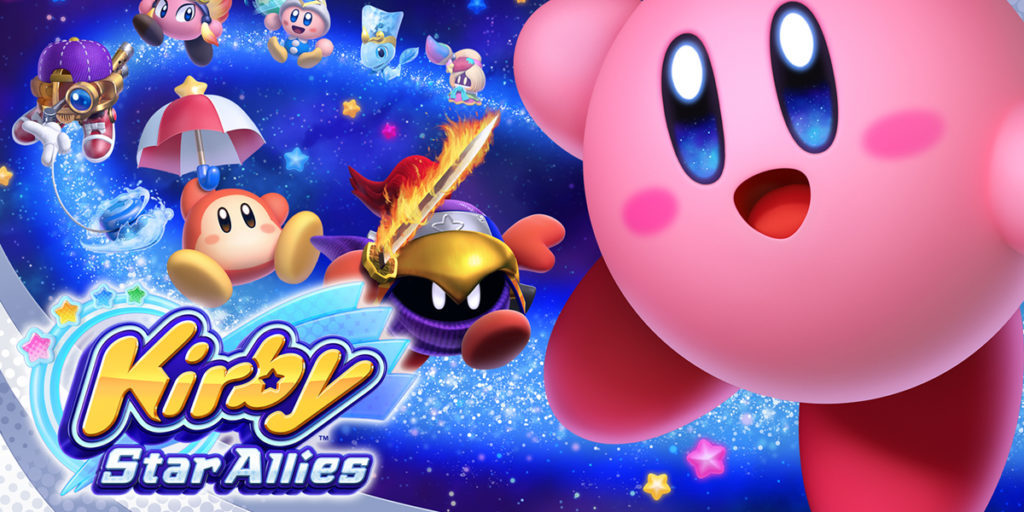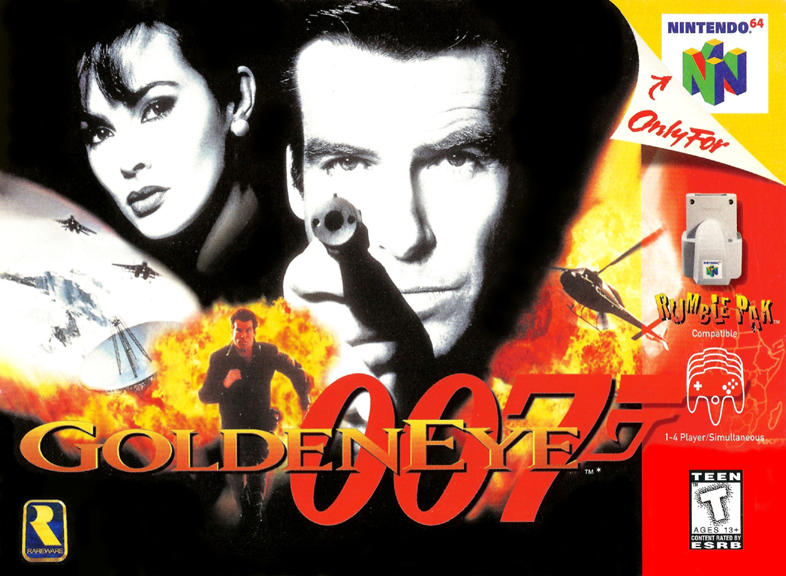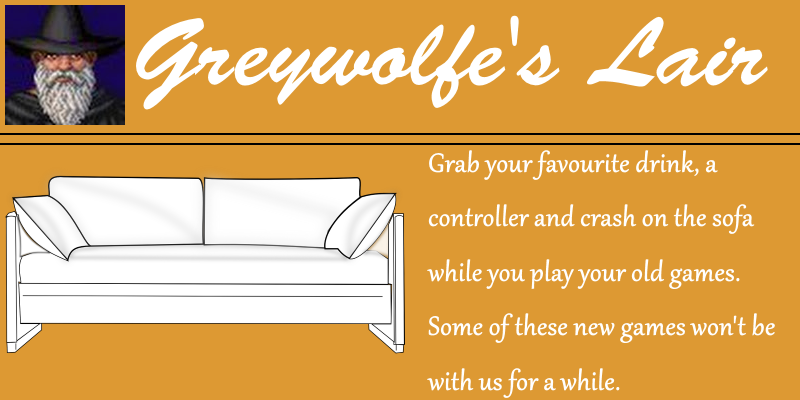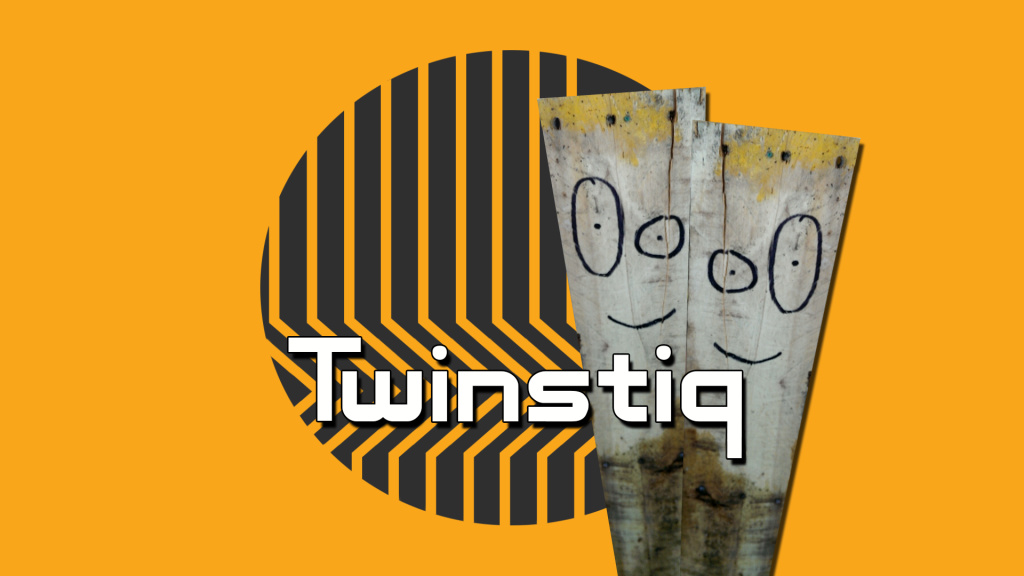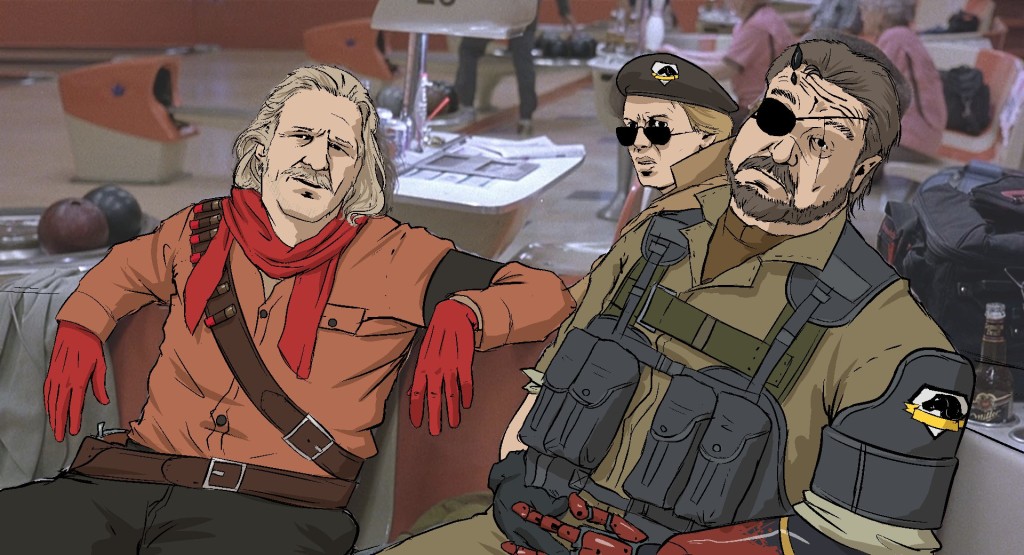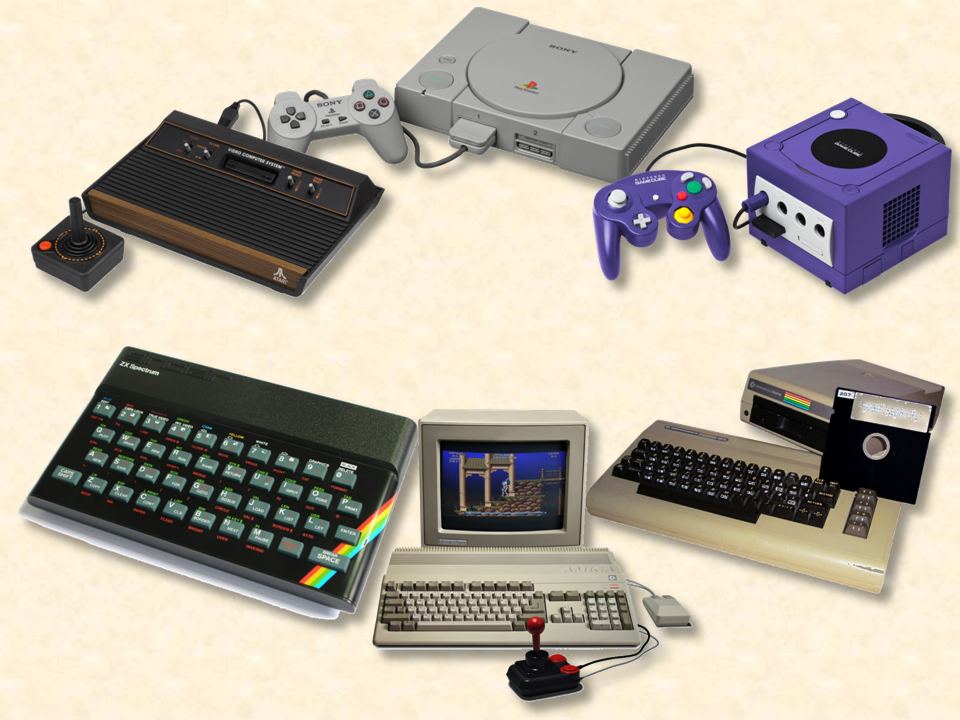Games For Dads is a column featuring new or recent games that I feel are ideal for being played and enjoyed together by parents (dads, in my case) and their kids.
Welcome back to Games For Dads! It's been a few years now, since my first and only entry. At the time I had kind of assumed that the coming years would be rife with great Nintendo titles for me to enjoy with my son. Since then, my wife and I welcomed a beautiful baby girl into our family (who I look forward to gaming with in the coming years), but I haven't seen nearly as many must-play co-op experiences from Nintendo as I'd expected. There were one or two, to be sure (Yoshi's Woolly World is definitely worth a mention), but between the relatively quiet closing year(s) of the Wii U, and the fairly sparse opening year of the Switch, it's mostly just been titles with pretty lackluster co-op options (if any at all), or Switch ports of stuff I could have covered already on the Wii U (Mario Kart, for instance).
Yoshi aside, (I chose not to cover Mario Kart because my son isn't that big into racing games yet), there's been shockingly little else worth mentioning. Until recently, that is. Last month, Nintendo (and HAL Laboratory) gifted us with what is arguably the best original couch co-op multiplayer game to come to the Switch so far, as well as one of the finest Kirby games ever made.
It should go without saying that Kirby games are always family-friendly. Boys and girls of just about every age seem to adore the little pink puffball. Even with my son having grown a little bit older and more discerning, Kirby: Star Allies was still an instant hit for him. I picked the game up on a Friday and he basically played it for the entire weekend, only stopping to take breaks when he was hungry or his parents asked him to.
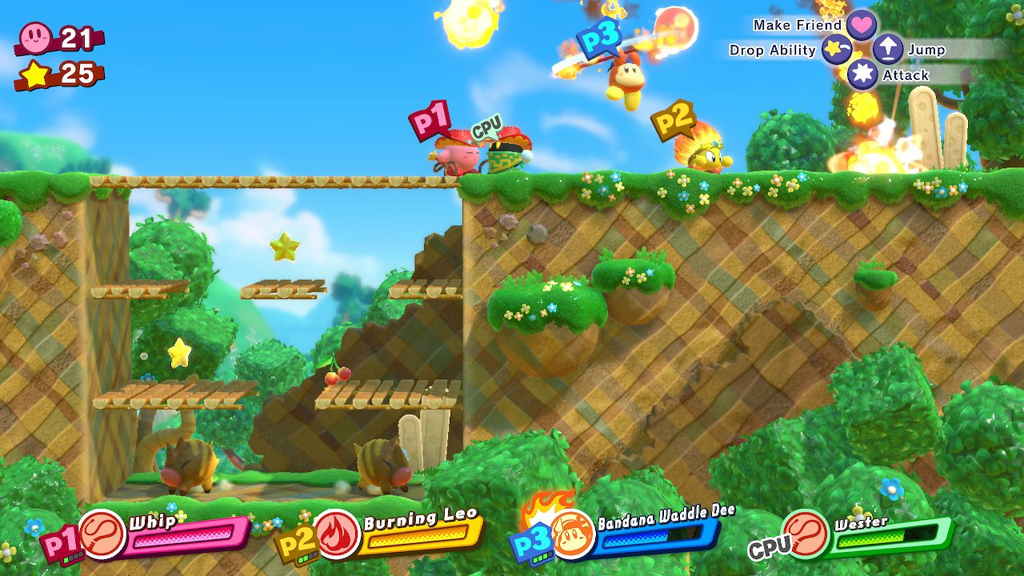
You've Got a Friend In Me
Every new Kirby release in recent years has done a good job of bringing some unique new feature to the table that has helped to differentiate it from past titles. Kirby: Triple Deluxe had a power-up that bestowed Kirby with the ability to inhale extra-large items, including obstacles and sometimes even scenery; Kirby: Planet Robobot introduced various fun little mechs for Kirby to tool around in. Kirby: Star Allies features a mechanic that, though similar to something that had previously been seen in Kirby: Super Star, has been significantly revamped and improved upon here - the ability to create friends.
Unlike the single pal you could have in Super Star, and only by swallowing and then dropping an enemy, in Star Allies you can instantly make multiple friends just by throwing hearts at them. Once hit by a heart, most enemy types will instantly convert into computer-controlled allies (hence the title). What's more, you can have up to three of them at any time.
The "make friends" mechanic is pretty ingenious as it offers a quick and easy way to assemble a fairly varied, super-hero team style crew of helpers to assist you. Additionally, the game offers local same-screen co-op for 2-4 players. That means you can recruit up to three real-life buddies (or family members) to play as any, or all, of your virtual ones. Meta Knight, indeed! While his sister is a bit too young still (and his mom doesn't play many games outside of Tetris and Dr Mario), I can tell you that my son and I had quite a blast playing it together, just the two of us.
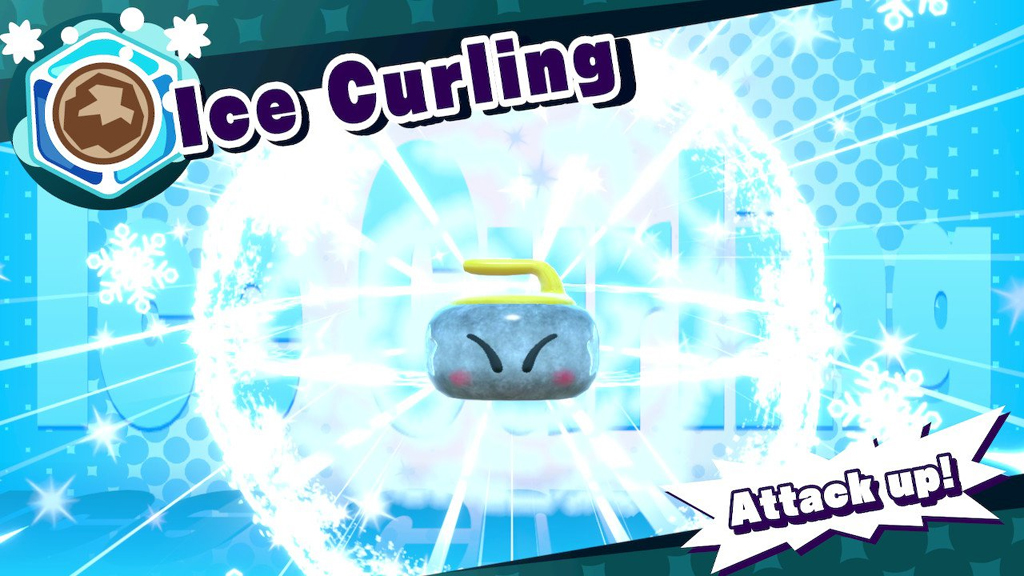
With Your Powers Combined
In addition to the fantastic four-player friending frenzy, Star Allies also brings back an improved power-combining mechanic similar to the ones found in Kirby 64: The Crystal Shards and Kirby: Squeak Squad. What it allows you to do is combine just about any two powers in the game. So, for instance, crossing parasol with sword creates a splash sword. Beam and bomb gives you zap bombs. What do you get when you cross a staff with fire? A fire staff, naturally! And those are just a small portion of all the possible power pairings; there are literally dozens of others that are discoverable throughout the course of the game.
My son and I were only too happy to try and figure out all the different power combos as we played. One of our favorite discoveries was what happens when you cross stone with ice. A couple months ago, I had just introduced my son to the wonderful world of winter sports, thanks to the detailed television coverage of the PyeongChang Winter Games. So, you can imagine our excitement and surprise at traversing a level in our brand new Kirby game and then suddenly seeing him transform into a familiar-looking slip-sliding (enemy-smashing) curling stone.
Figuring out how to combine (and utilize) all the crazy power combinations is easily half the fun of Star Allies. What's also cool is that the ability to combine powers isn't merely limited to Kirby himself, as even his frienemies can get in on the fun. What this invariably results in is a delightfully chaotic ballet of different characters bounding all over the screen, hurling various elemental powers every which way. Moments like these are a joy to behold and kept my son and I endlessly entertained.
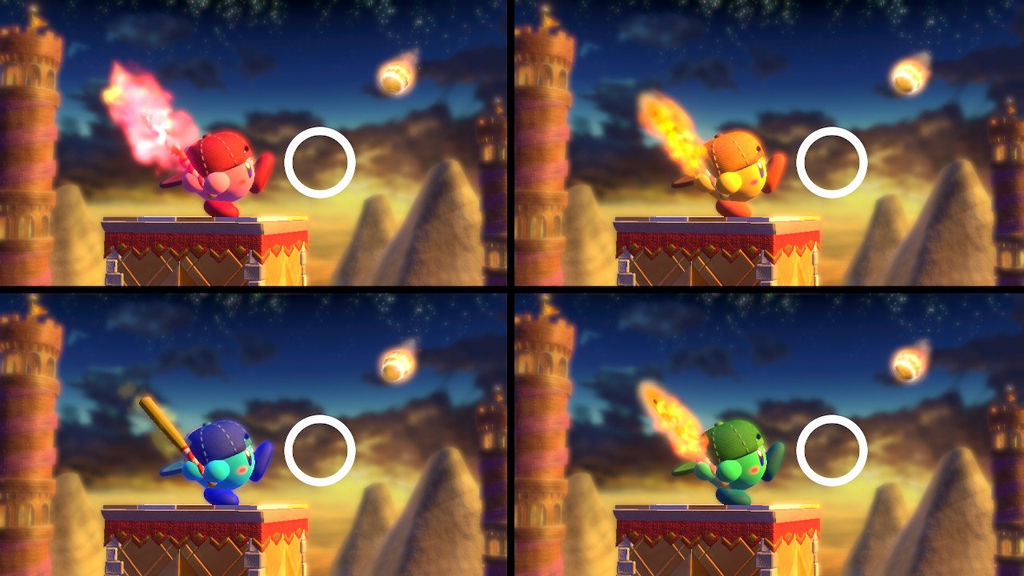
Easy On the Eyes
So, even though Kirby: Star Allies does feature awesome AI/person-controlled multiplayer as well as slick new power combination options, it is a touch on the short side. My son was actually able to beat the game (with really not a whole lot of help) after only a few days. But, like past Kirby games, there are a couple of mini-games available from the start, in addition to a couple of extra modes that unlock upon completion of the game. Between these, the fantastic variety on offer in the main game, and also items to find and collect in every level, Star Allies does feature enough content to make it worthwhile.
As the first Kirby game to arrive on Nintendo's current most-powerful system, Star Allies is also pretty nice to look at. While Kirby games aren't typically known for pushing the envelope where graphics are concerned, they are always colorful. And this title does a great job of utilizing the Switch hardware to really make those colors pop. Even my little daughter seemed to be entranced by what she saw on the screen. (And I have a feeling that when she's ready, Star Allies will likely be one of the first games that she takes to.)
The music and stages are a great mix of the new and familiar. My son played enough Kirby titles over the past couple years to feel right at home with Star Allies. The great thing about the Kirby franchise, one of the key reasons it enjoys such mass appeal and staying power, is that the games are so easy and inviting to pick up and play. Yet, a truly great Kirby game manages to be engaging and fun despite the familiarity and simplicity. That's what you get with Kirby: Star Allies - the perfect blend of old and new that is easy to learn and a whole lot of fun to play. Whether you're a longtime fan of Kirby or you've just been introduced, you're sure to enjoy this one. Kirby: Star Allies is a winner for kids and parents alike.
(This is a repost of an article that also appeared on 12/12 Games.)
[Images: Nintendo]

